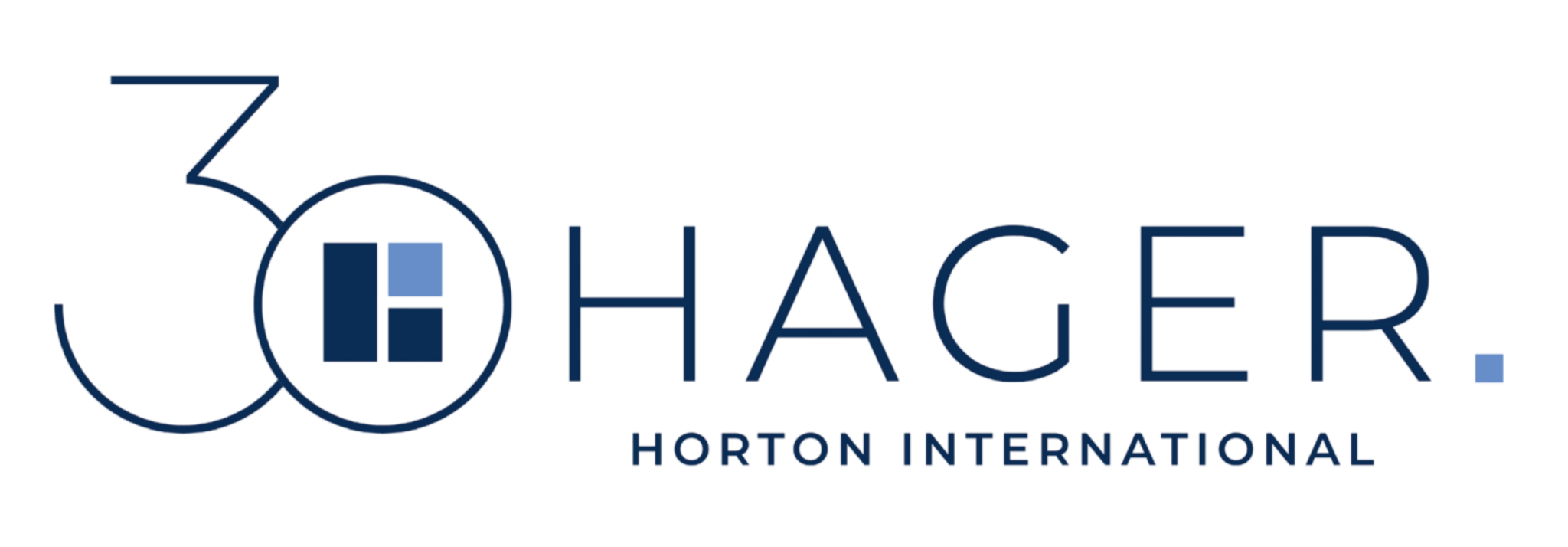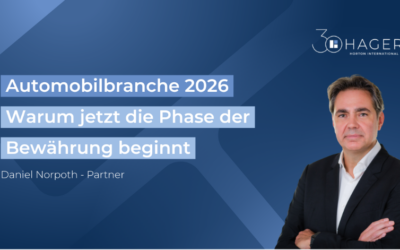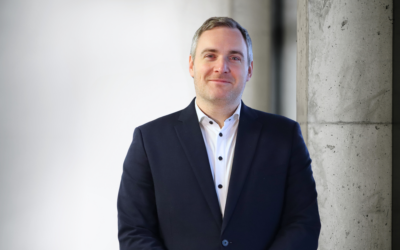
The former President of the United States of America, John F. Kennedy, had already summarized it in a quote: “The word crisis in Chinese is made up of two characters – one meaning danger and the other opportunity”.
What outweighs Corona more, the danger or the opportunity?
Economic progress during and after the coronavirus crisis is a balancing act between what is familiar and proven and what can be (added) in the future. Perspectives, visions and strategies for what comes next. But how can change work during a crisis? Old structures are often very entrenched and people hold on to them for a long time, even though changes are absolutely necessary.
Many companies are currently restructuring their product range or establishing new business models in order to survive the crisis. But what comes next? Will car manufacturers still be producing ventilators? Or hotel chains will function as hospitals? Probably not.
So how does change work in this crisis, or to quote John F. Kennedy:
Where is the opportunity in the coronavirus crisis?
In order to survive, short-term business models are established. But this should only be temporary and not be subject to the misconception that it is the company’s vision for the future. How can a company continue to exist in the long term? What options do the given possibilities allow? The world is currently changing dramatically, so it is not enough to simply make short-term adjustments to existing business models. Companies that withdraw now and focus exclusively on their continued existence during the exceptional situation may survive in the long term, but they will not necessarily emerge stronger. Passivity is a danger: those who do not seize the opportunities may emerge from the current phase battered and weakened. Companies and competitors who see the current situation as an opportunity and want to remain successful not only during the crisis, but also after it, can benefit from this.
Future models
In addition to a real inventory, hypothetical assumptions also help to find a direction. What does the company’s infrastructure look like? What opportunities do the existing production facilities offer? What skills do the company’s own employees have to operate in new directions? What is the cost management like in larger areas? If necessary, can existing production areas be merged in order to establish new ones in other parts? Are service areas possibly obsolete, but other service areas completely undersupplied? Difficult decisions can and perhaps must be made right now. Survival means not only setting the horizon to a period of six to twelve months, but also including medium and long-term perspectives beyond the annual planning in current decisions.
Conclusion
Taking stock in the here and now is essential in order to ensure the company’s continued existence. However, it is also important to look ahead and seize the opportunities arising from the crisis. No one can predict exactly what will happen after the pandemic, but what is certain is that economic and social life will continue – albeit perhaps differently than before the crisis.
By Martin Krill, Managing Partner of HAGER Executive Consulting



